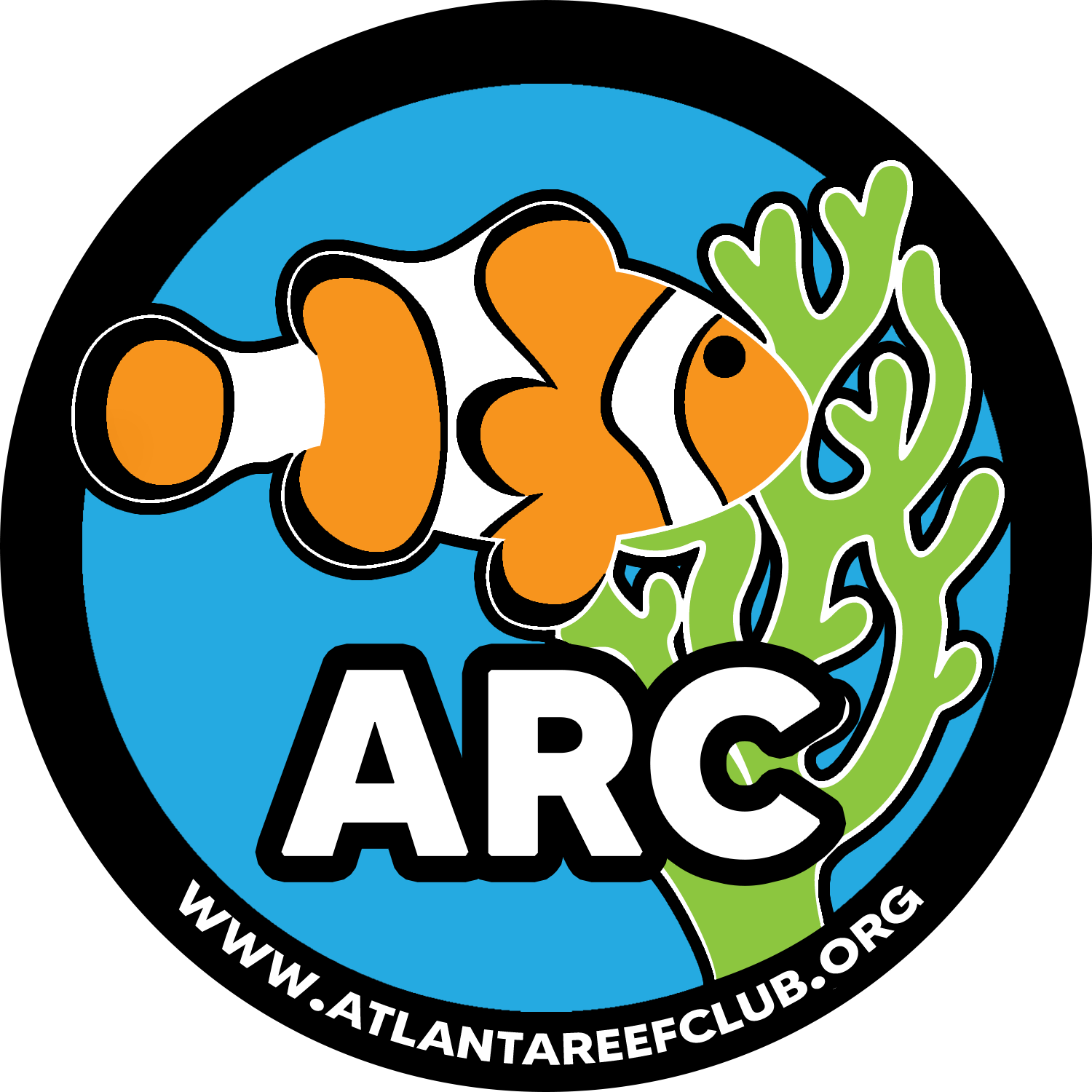Hey Guys:
I have seen mention of closed loop systems and have a general idea of what that is but..... I would love to have a detailed explanation of what they are, how they work and the pros and cons. Someday I hope to be able to upgrade to my dream tank and would love to learn what options are available when that time comes.
As always, thanks for all the advice and info.
Rich
I have seen mention of closed loop systems and have a general idea of what that is but..... I would love to have a detailed explanation of what they are, how they work and the pros and cons. Someday I hope to be able to upgrade to my dream tank and would love to learn what options are available when that time comes.
As always, thanks for all the advice and info.
Rich
